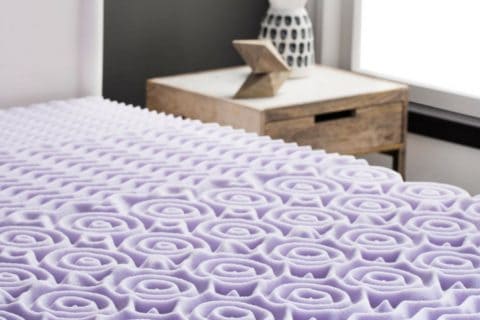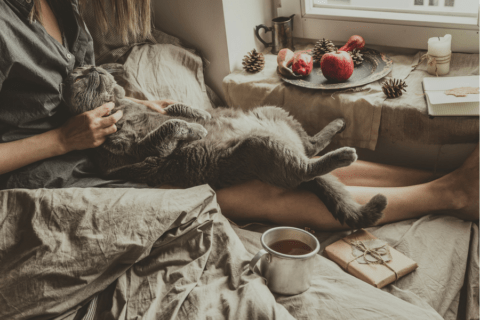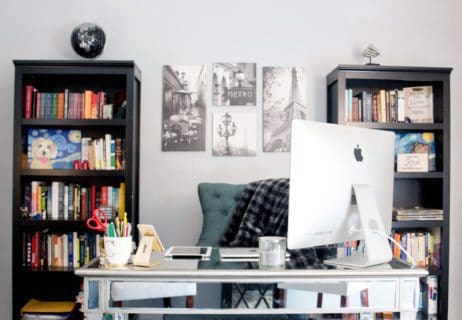A Guide to Use and Mix Pattern in Interior Design

Patterns can be used in interior design to create visual interest, enhance a space, and add personality. While there are no rules for using patterns, it’s important to consider the scale of the pattern, the color palette, and how the patterns will interact with each other when selecting which patterns to use in your design.
This is a guide to use and mix pattern in interior design—let’s explore!
How Do You Mix And Match The Interior Design?
- Pick which design eras to blend.
- Keep in mind the 80/20 Rule.
- Proportionate Scale
- Utilize Color to Unify Your Design
- Locate a Special Focal Point
- Link patterns and styles together
- Establish Color Limits
- Recurring patterns
- Utilize various natural materials
- Measure for Flow
Pick Which Design Eras To Blend
Look at the variety of designs and figure out the different aspects of each design you like. This can be a style, a period of time, or even a certain place. Before choosing specific components, it helps to have an idea of how your design will turn out.
Keep In Mind The 80/20 Rule
You should use 80 percent of one color and 20 percent of another color. This rule can be applied to patterns as well. This rule is useful when mixing and matching patterns because it helps to ensure that your space doesn’t look too busy or cluttered.
The rule states that 80% of your room should be one dominant color, while 20% can be accent colors. When selecting your patterns, try to find some that have a similar color palette so that they complement each other well.
Proportionate Scale
A proportionate scale is important to consider when using patterns because you want to make sure that the patterns are not too big or too small for the space. Additionally, you want to confirm that the designs are proportionate to one another. For example, you wouldn’t want to use a large-scale floral pattern with a small-scale geometric pattern.
Use Complementary Colors To Unify Your Design
You can do this by using colors that go well together. Use analogous or complementary color schemes. Complementary color schemes use colors opposite each other on the color wheel as opposed to analogous color schemes, which use colors close to each other.
Locating A Special Focal Point
This means finding an element in your design that will act as a focal point. This might be a piece of furniture, a piece of art, or simply a window. Finding your focal point will enable you to organize the rest of your design around it.
Link Patterns And Styles Together
Accomplish this by finding patterns that have similar colors or shapes. For example, if you are using a floral pattern, you could link it to a paisley pattern by choosing fabrics that have similar colors.
There are many ways to mix and match the patterns and styles—particularly of your garage door!
Garage Door Ideas To Get You Started:
- One way to create a cohesive look is to choose a color scheme and stick to it. For example, you could paint your door in a solid color with accents in a complimentary color.
- Or, you could use different shades of the same color for a more subtle effect. You can also add interest by using different textures or finishes. For example, you could paint your door with a glossy finish and use textured panels for contrast.
- Another way to mix and match patterns and styles is to choose doors that have different shapes or sizes. For example, you could choose a regular-sized door for the main entrance and a smaller door for the side entrance.
- Or, you could choose doors that have different panel configurations. Mixing and matching like this will give your garage a unique look that will stand out from the rest.
Establish Color Limits
Do this by selecting a color palette for your design and sticking to it. This will facilitate achieving a unified aesthetic in your room. To avoid making your design look cluttered, try sticking to three to five colors.
Recurring Patterns
These are patterns that are repeated throughout the design. This could be done by using the same pattern on different fabrics or using different patterns with similar colors. Repeating patterns can help to create a cohesive look in your design.
Utilize Various Natural Materials
Use materials that are found in nature. This could be things like wood, stone, or even plants. Using organic elements can make your design appear more natural.
Measure For Flow
This refers to making sure that your design flows smoothly and is aesthetically pleasing. To avoid overly cluttered design, ensure there is enough negative space. You also want to make sure that the patterns are not too small or too large for the space.
Can You Mix Different Patterns Together?
Yes, you can mix different patterns together as long as they have similar colors or shapes. For example, if you are using a floral pattern, you could link it to a paisley pattern by choosing fabrics that have similar colors. Additionally, you want to confirm that the designs are proportionate to one another. For example, you wouldn’t want to use a large-scale floral pattern with a small-scale geometric pattern.
The Bottom Line
With these tips in mind, experiment with different combinations of patterns until you find something that feels right for you. And always keep in mind that there are no hard-and-fast rules when it comes to interior design – so feel free to break the mold every once in a while and go with what feels good!
And once you have the design down, you’re free to move to the next step—decorating your space!
Eric Smith is a Wallpaper Designer with 3 years of experience. Colors are what inspired him to pursue this career since he was just a kid, In his spare time, he likes to play tennis and go hiking.








Show Comments +